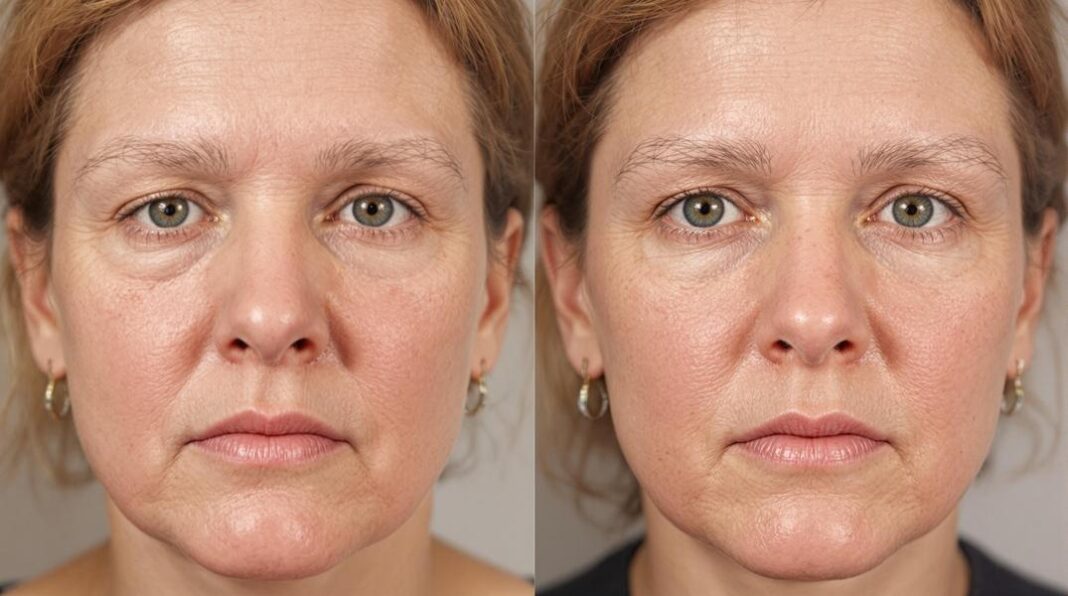Rapid weight loss from medications like Ozempic is dramatically changing faces, leaving some patients with a prematurely aged appearance. This phenomenon, dubbed “Ozempic face,” has become increasingly recognized as the popularity of weight-loss drugs surges.
The condition isn’t actually a direct side effect of semaglutide (Ozempic) itself, but rather a consequence of the swift fat reduction these medications trigger. When facial fat diminishes too quickly, skin often lacks time to adapt, creating a gaunt, hollow appearance.
Understanding the Mechanism
Facial changes occur primarily because subcutaneous fat, which provides natural volume and contour, rapidly depletes during accelerated weight loss. This fat layer plays a crucial role in maintaining youthful facial structure.
The skin’s ability to retract after weight loss diminishes significantly due to reduced levels of elastin and collagen. These proteins, essential for skin elasticity, can’t keep pace with rapid changes, resulting in sagging and increased wrinkling.
Recognizing the Signs
Common symptoms include hollow cheekbones, sunken eyes, and increased facial sagging. These changes can create a disconnection between facial appearance and body weight, with some patients appearing significantly older than their actual age.
Older adults and those with naturally fair or thin skin tend to experience more pronounced effects. Their skin, already containing less collagen, struggles further to adapt to rapid volume loss.
Prevention and Management
Healthcare providers increasingly recommend a more gradual approach to weight loss for those concerned about facial aging. Maintaining proper hydration and consuming adequate protein can help support skin health during weight reduction.
For those already experiencing Ozempic face, dermatological interventions like fillers, skin tightening procedures, and collagen-stimulating treatments offer potential solutions. Early consultation with specialists typically yields better outcomes.
The irony isn’t lost on patients: while achieving significant health benefits through weight loss, they’re simultaneously confronting new cosmetic challenges. Yet with proper awareness and timely intervention, the effects can often be effectively managed without compromising weight management goals.


